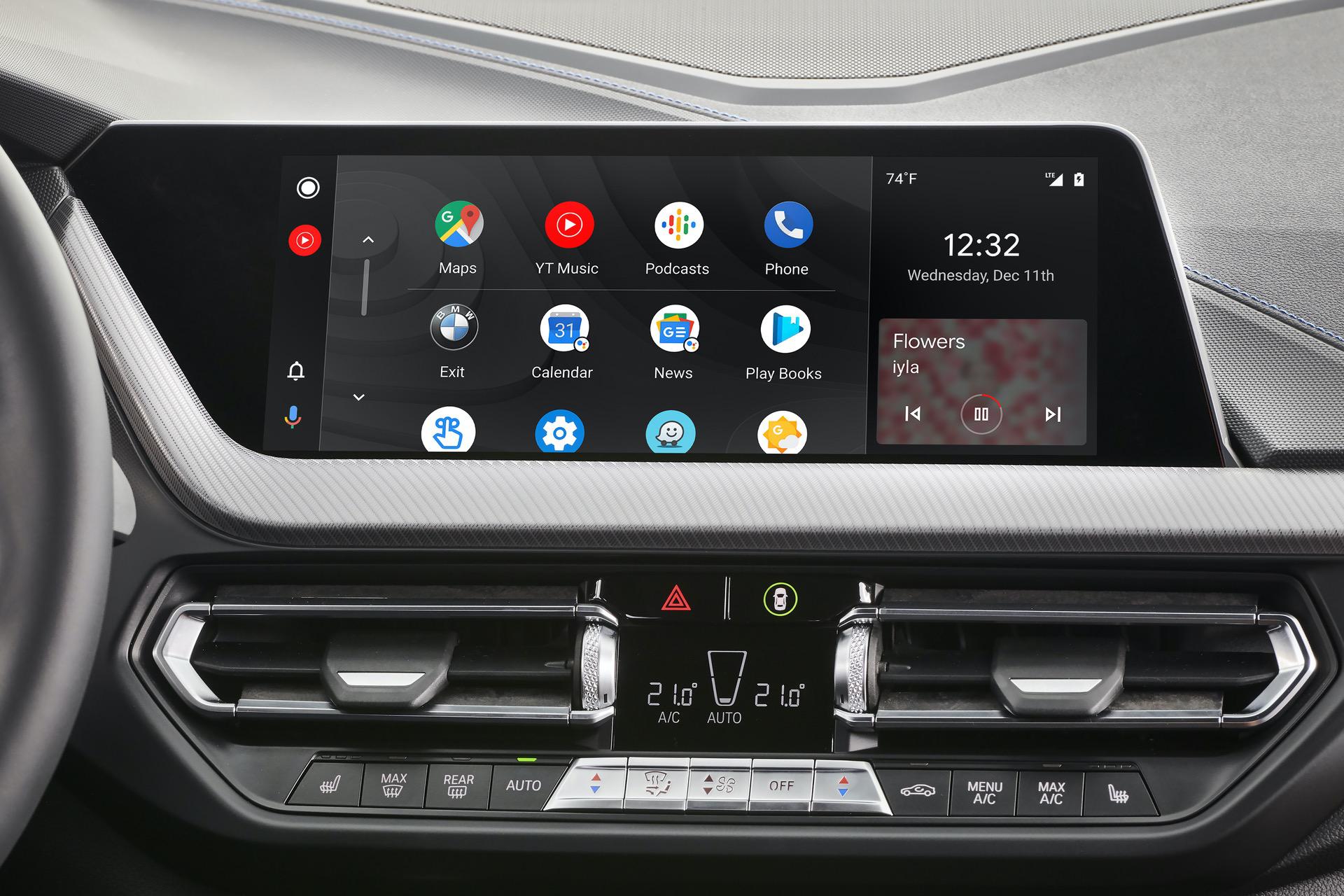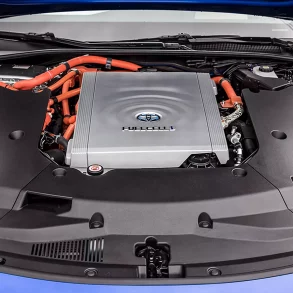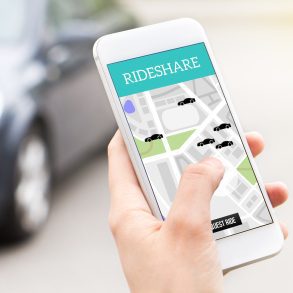Summary
- 85%+ of cars sold in the 2020s have some form of in car connectivity
- 20% of consumers reported that connectivity and associated features was the major determining factor in their purchase decisions
- As cars become more and more connected, some manufacturers are offering subscription services for advanced features
- The adoption rate for connectivity features and subscriptions is quite high when brands prioritize user experience (IE: Tesla’s 70%+ adoption rate)
- Over 3,500 lives were lost in 2021 due to distracted driving, including infotainment and connectivity feature distractions
- Can a balance be struck between features that aid and enhance driving without distracting a driver and ongoing subscriptions?
We live in a highly networked world. Smartphones, the internet, almost any technology being able to connect and transfer data. In this world, the automotive industry has not been left behind. Modern cars are no longer just means of transportation, they have evolved into self-contained digital ecosystems.
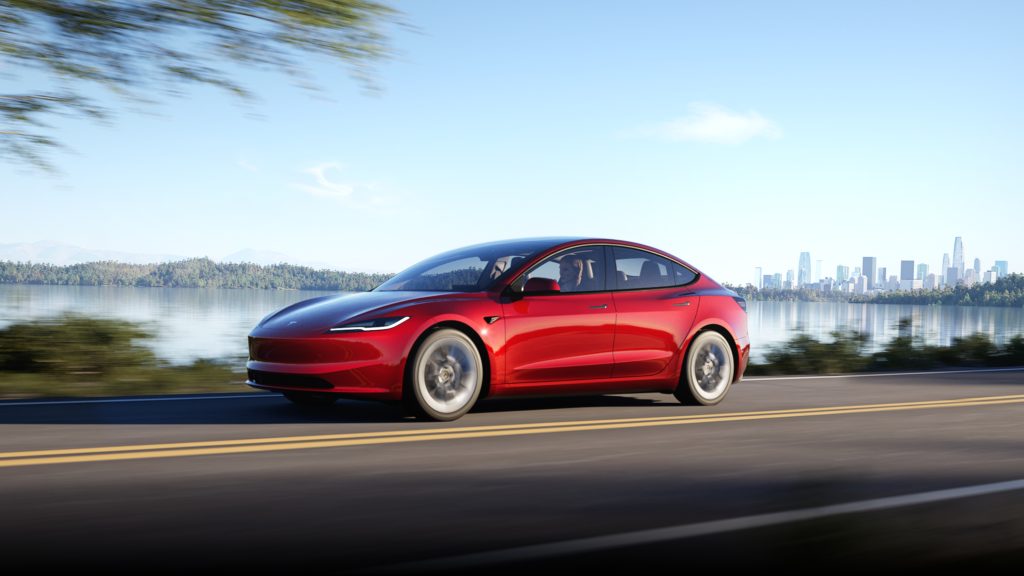
Car connectivity has definitively transformed the driving experience, offering a plethora of features that range from infotainment systems to advanced safety and navigation tools. However, as cars become increasingly connected, it begs the question: Are we reaching a point where connectivity is going too far?
The Current Scenario
The modern car is a rolling computer on wheels, equipped with sensors, cameras, and advanced software to provide a seamless and connected experience. In fact, since 2020, approximately 85% of new cars sold globally were equipped with some form of connectivity features that connected via its own signal or via a smartphone. As EVs start to become more and more prevalent, that number is expected to rise over the next decade to nearly 100%
What Is Meant By Connectivity
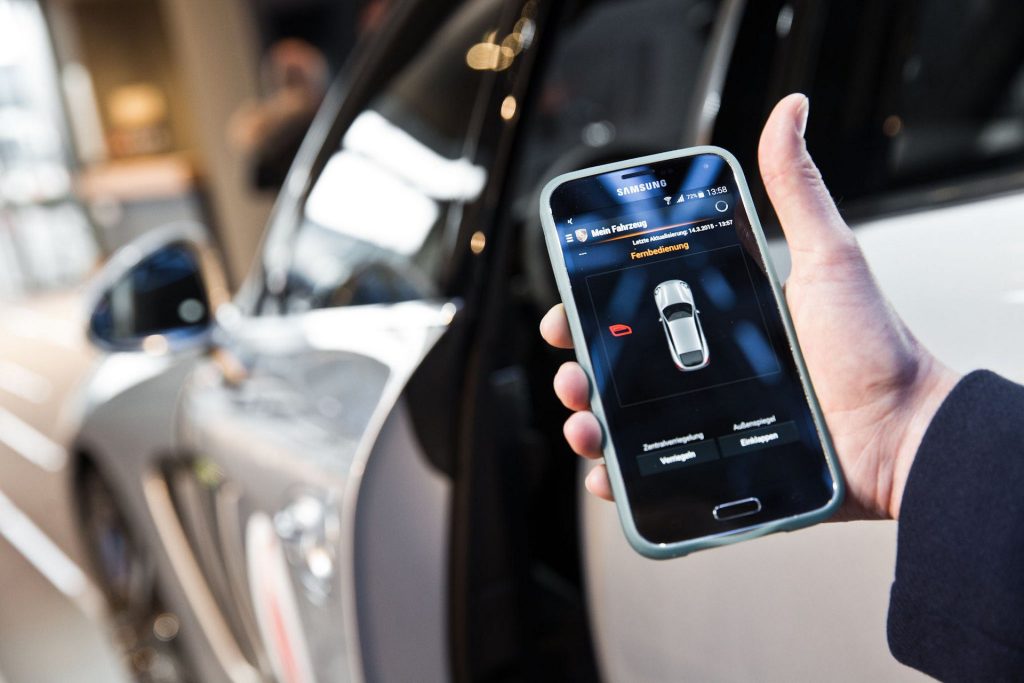
Car connectivity encompasses a wide range of features designed to enhance or aid with the driving experience. From basic Bluetooth connectivity for hands-free calling to more advanced features like Apple CarPlay and Android Auto, which mirror smartphone interfaces on the car’s infotainment screen, the options are many and varied. GPS, real-time traffic updates, even mobile wifi hotspots are some of the most desired features in this space.
Remote Maintenance & Repairs
Using Tesla vehicles as an example, before you even need to visit a Tesla-certified garage, connectivity via your smartphone enables remote diagnostics that allows technicians to determine your issue with your car in your driveway. This facilitates proactive maintenance, preventing potential issues and reducing the likelihood of breakdowns. A study by McKinsey & Company suggests that connected car features related to safety and maintenance are among the most valued by consumers, with over 45% using connectivity features every time they drive to track mileage, download built in camera video as needed, and receive live traffic updates.
The Subscription Economy & Why Connectivity May Be Going Too Far
One of the significant and somewhat unpopular shifts in the automotive industry is the rise of the subscription model. Car manufacturers are increasingly offering subscription-based services, allowing customers to access advanced navigation services, premium entertainment content, and even software updates on a monthly or annual basis.
This is despite the fact that surveys, such as from Cox Automotive with The Car Guide in 2022, show that fully 75% of consumers do not want to have to pay a subscription for added features or services, and would rather buy them “the old way” as options and trim level features.
Yet, Tesla is still seeing a wide adoption of its subscription service. Tesla Premium Connectivity, which costs $9.99 per month (roughly equivalent to a standard digital video streaming service), has many benefits and features that far outweigh its cost.
Through the subscription, features such as live traffic, sentry mode, satellite-enhanced maps, video streaming (with a Netflix, Amazon Prime, Disney+, etc subscription), and other “fun things” are activated.
Adoption rates for Tesla Premium vary month to month, but hover between 70 to 80% as of 2022. It should be noted that this data also includes used Teslas, which require the new owner to subscribe to access all the features of their “new” car.
However, with consumers understanding that EVs are almost exclusively digital, up to 69% of buyers of any EV are expected to subscribe to premium features.
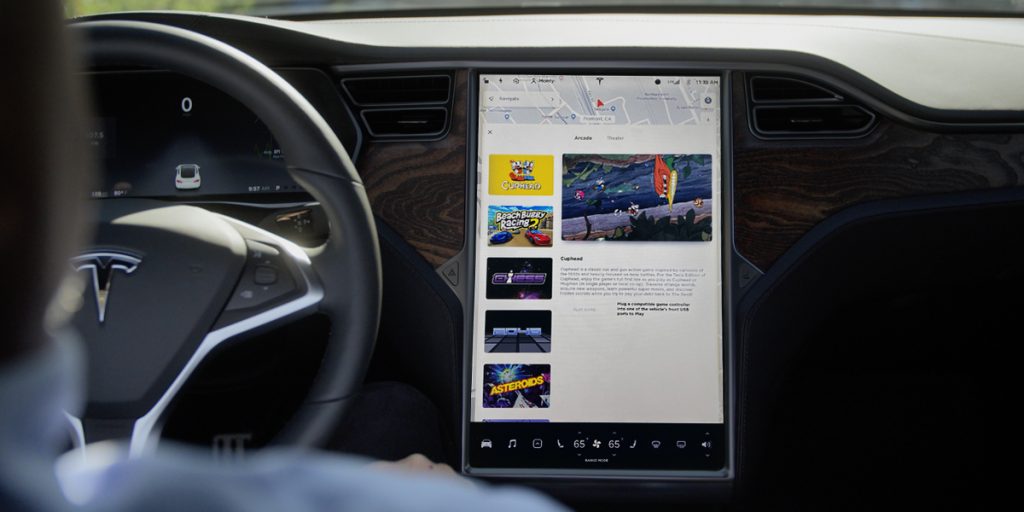
While subscriptions that add features to enhance ones that already exist in the vehicle are popular, where it locks “basic” features behind a paywall is where things turn sour. BMW recently put what is an expected standard feature for an executive-class coupe, sedan, or SUV, namely heated seats and heated steering wheels, behind a monthly subscription.
To say it wasn’t well received is understating the fact.
This also isn’t the first time BMW has had a subscription service, as it had Access By BMW from 2019 to 2021, which operated like a luxury rental service. That service was killed off after BMW’s overall sales decreased from 2019 to mid-2021 across all of its model lines save the M cars by between 6% to 13% as consumers no longer needed to buy a BMW, they could just rent it.
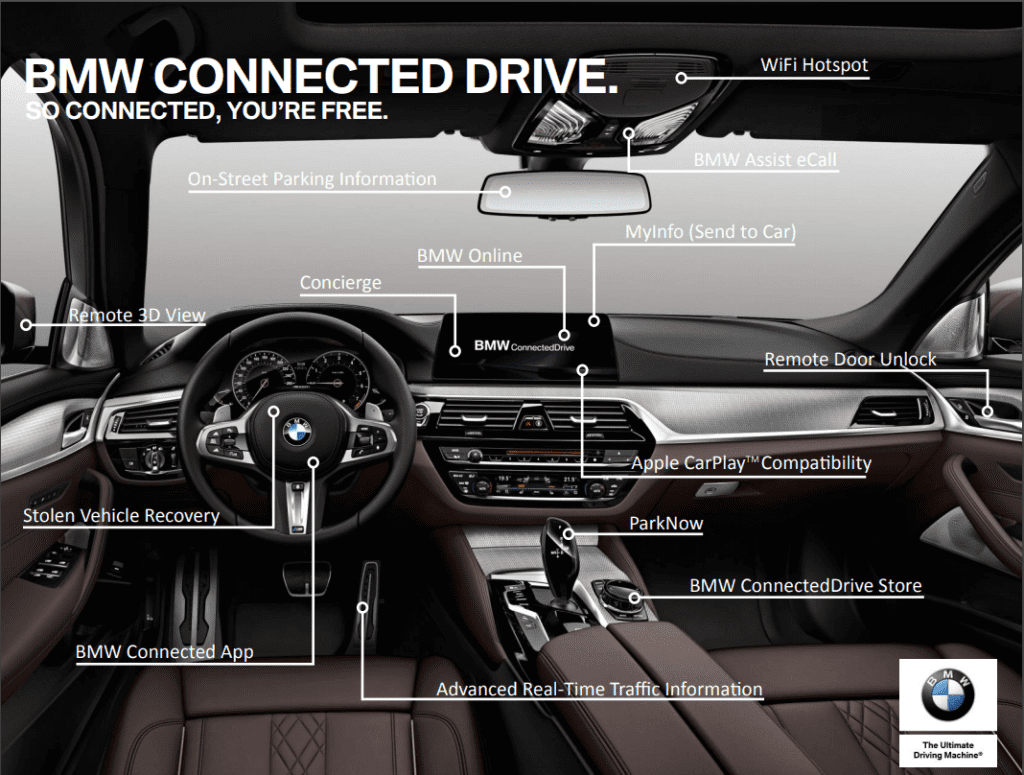
BMW is keeping ConnectedDrive, the new subscription service launched in late 2021, for features, but vowed in September 2023 to remove physical functions from the service already included, and not to put them behind a paywall again.
This decision was driven mostly by massive consumer backlash and criticism online, as well as declining sales as buyers went to other luxury automakers. In fact, in Q1 and Q2 of 2022, BMW saw a drop globally in deliveries (meaning successful sales) of 13.7%, while Mercedes, Audi, and Porsche all saw 2% to 4% increases in sales.
Consumer Adoption Of Connectivity
As cars become more connected, an interesting question emerges: How much do consumers prioritize connectivity when purchasing a vehicle? A survey conducted by J.D. Power in 2021 found that 20% of new car buyers considered built-in connectivity features as the most important factor influencing their purchase decision. This makes connectivity a significant, but not sole, determining factor, with the features of that connectivity also bearing some weight in the decision.
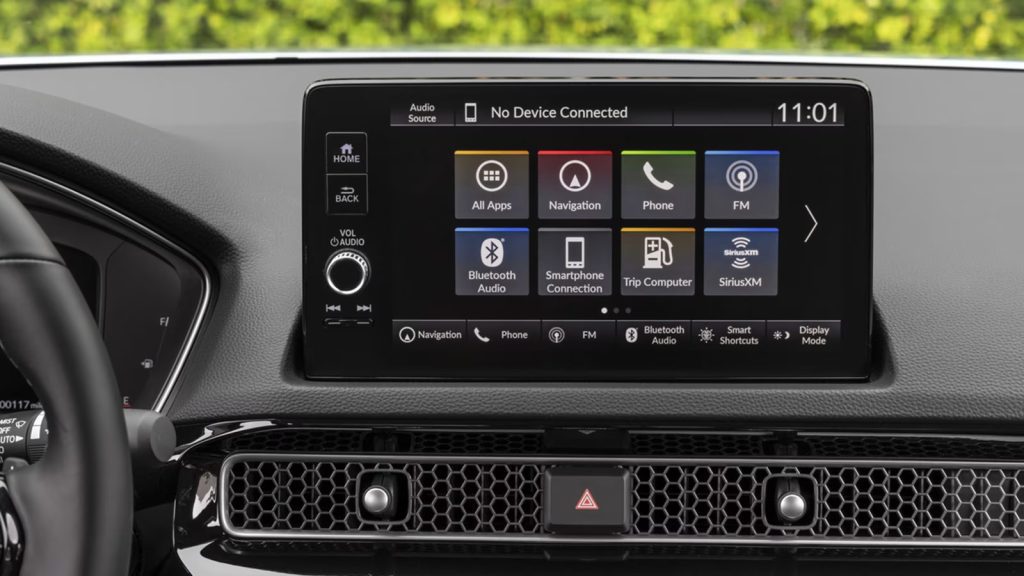
While the integration of technology in cars brings numerous benefits, it also raises concerns. Privacy and cybersecurity are paramount, as more data is collected and transmitted between the vehicle and external servers. Recent incidents of car hacking, especially in vehicles that use a smart key or smartphone app to control the central locking system, have automakers scrambling to find better and more secure ways to prevent illicit attacks and thefts of their vehicles.
Between 2020 and 2022, cars with remote unlock/lock functionality through an app were up to 60x more likely to be stolen, as a digital brute force attack on a car can be done without the thief even being near the car. In that same time period, the most stolen car with remote unlock/lock functionality was the Dodge Charger Hellcat
Another concern is the potential distraction posed by the increasing number of infotainment features. The National Highway Traffic Safety Administration (NHTSA) reports that distracted driving claimed 3,522 lives in 2021 in the United States alone. Striking the right balance between providing useful features and ensuring that driver focus remains on the road is fast becoming a critical challenge for automakers.
Where Is The Line Drawn?
The era of connected cars is well underway, and as we, the drivers and consumers, have grown accustomed to it, we have already passed the point of no return. The integration of connectivity features has enhanced many parts of the driving experience, especially with infotainment. The rise of subscription services further illustrates the automotive industry’s shift towards a more service-oriented model.
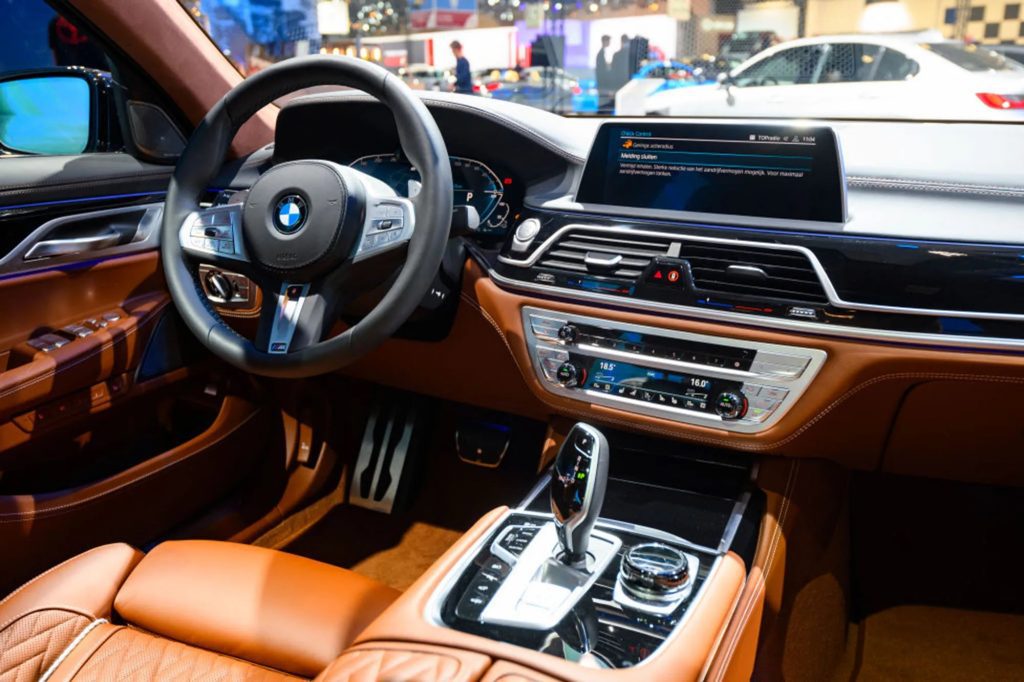
We believe that the key balance here is to provide connectivity for things such as GPS, music, hands free calling, and the like, but needs to be rethought when it comes to overall car functionality, not just features. There is no issue for subscriptions for features, as many consumers will gladly pay for satellite radio for their vehicles, and many Tesla consumers subscribe to the optional Premium Connectivity feature.
When things like extra battery capacity, heated seats, and the like are put behind subscriptions, that is where we believe the line should be drawn, based on common sense alone. Also, more secure connectivity for cars that allow for apps to control their remote start, unlock/lock, and other features is very much needed.

